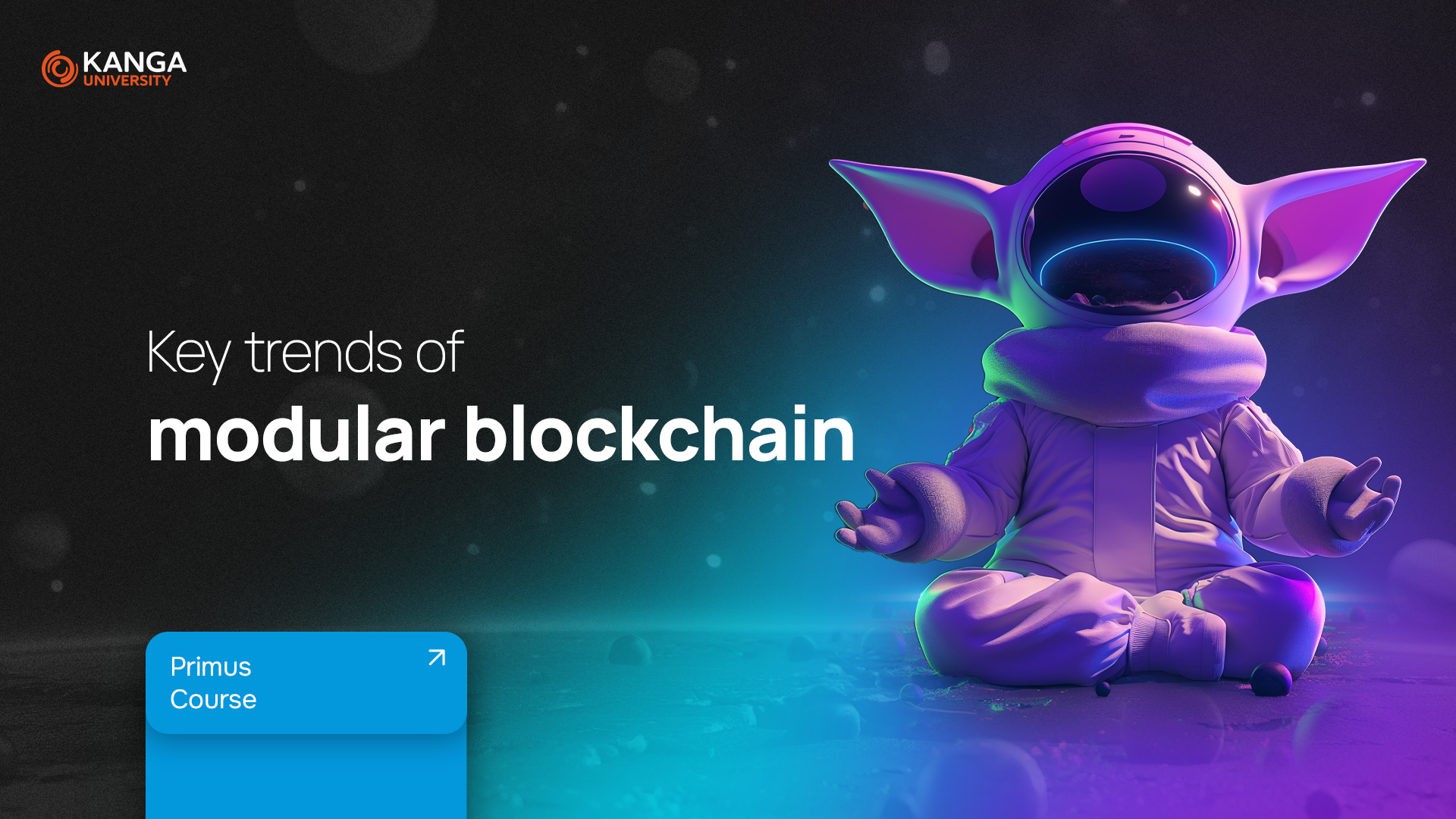
Just a few years ago, blockchains were built as all-in-one systems — like a sealed box where everything had to work together. But times are changing. And blockchain technology is evolving fast.
Enter modular blockchains — a flexible, scalable approach where different parts of the blockchain are separated into independent layers. Each layer does one specific job — and it does it well. This shift is transforming how blockchains are built and used across the crypto world.
So, what are modular blockchains? Why are they gaining momentum now? And what should you know if you’re just starting out — whether as a user, developer, or investor?
Modular vs. Monolithic Blockchains: What’s the Difference?
Think of a desktop computer. You can upgrade the graphics card, add more RAM, or swap the hard drive. Now compare that to a laptop, where everything is integrated — not so easy to change. A modular blockchain is like the desktop: customizable, adaptable, and future-proof.
In contrast, monolithic blockchains handle everything — consensus, execution, data storage — in one place. That limits scalability and flexibility.
In a modular blockchain, each core function is split into its own layer:
-
Consensus (deciding which transactions are valid),
-
Data Availability (making sure everyone has access to the right data),
-
Execution (processing smart contracts and transactions),
-
Settlement (resolving disputes and verifying outcomes).
Breaking Down the Four Key Layers
Let’s take a closer look at each component:
-
Consensus Layer
This is where validators — the network’s decision-makers — agree on the order of transactions and finalize them. -
Settlement Layer
It handles dispute resolution and proof validation, making sure everything that happened in other layers checks out. -
Data Availability (DA) Layer
A critical piece. It ensures the network’s data is available and accessible. Without reliable DA, you can’t scale — no matter how fast the other layers are. -
Execution Layer
This is where user interactions happen: smart contracts, app logic, and transaction processing. Think of it as the “frontline” of the blockchain.
Why Is This Big? Let’s Talk Ethereum, Celestia & More
The push for modular design started with Ethereum. Vitalik Buterin, its founder, has long believed that the future of Ethereum lies in rollups — external networks that handle transaction execution and then send results back to Ethereum.
That’s where modular blockchains come in. Over the last two years, we’ve seen a wave of innovation in this space, especially around data availability.
Key projects to watch:
-
Celestia — a modular network that provides both consensus and DA services. Its $TIA token launched in late 2023 and drew massive attention.
-
EigenLayer & EigenDA — solutions built on Ethereum that focus solely on DA improvements, using Ethereum’s consensus for security.
-
Avail — created by Polygon’s team, Avail is a DA-focused blockchain launching its token in 2024.
-
Near DA — expanding the capabilities of the Near protocol with modular DA services.
Rollup-as-a-Service (RAAS): Blockchain Building Made Easy
Not every project wants to build an entire blockchain from scratch. That’s where RAAS (Rollup-as-a-Service) comes in. Think of it like Shopify, but for launching your own Layer 2 blockchain.
Major players:
-
Arbitrum Orbit and Stylus
-
Optimism OP Stack and the Superchain ecosystem
-
Zora, Base, Aevo — examples of projects built using these tools
-
AltLayer, Caldera, and Conduit — RAAS infrastructure providers
Beyond Ethereum, Cosmos is also in the RAAS game with:
-
Dymension, offering RollApps
-
Saga, with its unique Chainlet model
These tools let developers launch lightweight, high-performance networks without running full validator sets — a game-changer for scalability and cost.
Why Should You Care? Investment & Adoption Potential
Modular blockchains are attracting serious investor interest — especially after Celestia’s token launch. But many of these projects (like Saga, Dymension, and AltLayer) haven’t even released tokens yet.
This means early adopters could benefit, especially as airdrops become common strategies to build communities. Still, investing in modular blockchains requires research, timing, and understanding of the underlying technology.
Key projects to follow in 2025:
-
Celestia ($TIA)
-
Saga
-
Dymension
-
Caldera
-
AltLayer
-
Avail
Each is tackling a different challenge in the modular stack — and the market is watching closely to see which ones will win user adoption.
Summary
The modular blockchain movement is reshaping crypto infrastructure. It’s not just a trend — it’s a major architectural shift that brings more flexibility, performance, and innovation to the table.
Three trends to watch in 2025:
-
Data Availability layers — solving scalability bottlenecks.
-
Sovereign rollups — blockchains that operate independently using external services.
-
RAAS platforms — making blockchain deployment easier than ever.
This is still a complex, fast-changing field — but one with huge potential. Whether you’re a curious newcomer or a future investor, modular blockchains are worth exploring. Stay informed, experiment safely, and watch how this space evolves.